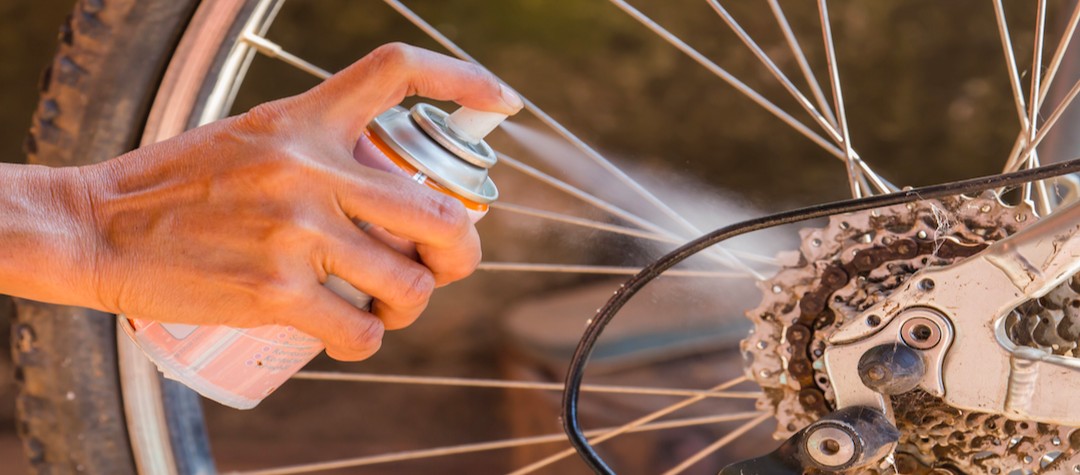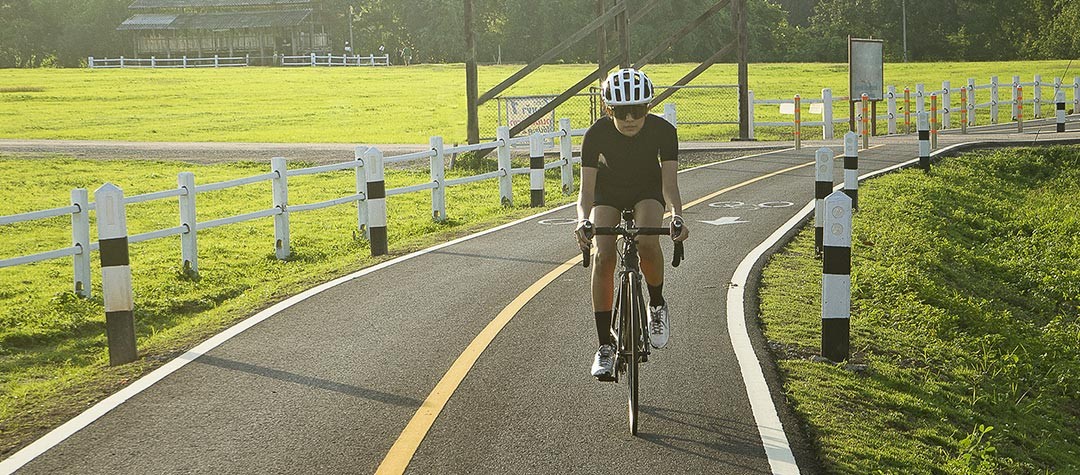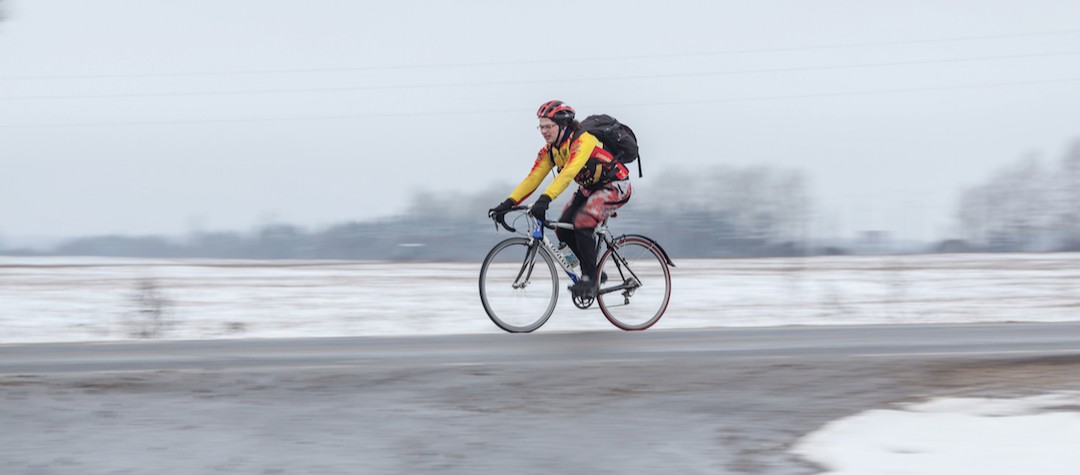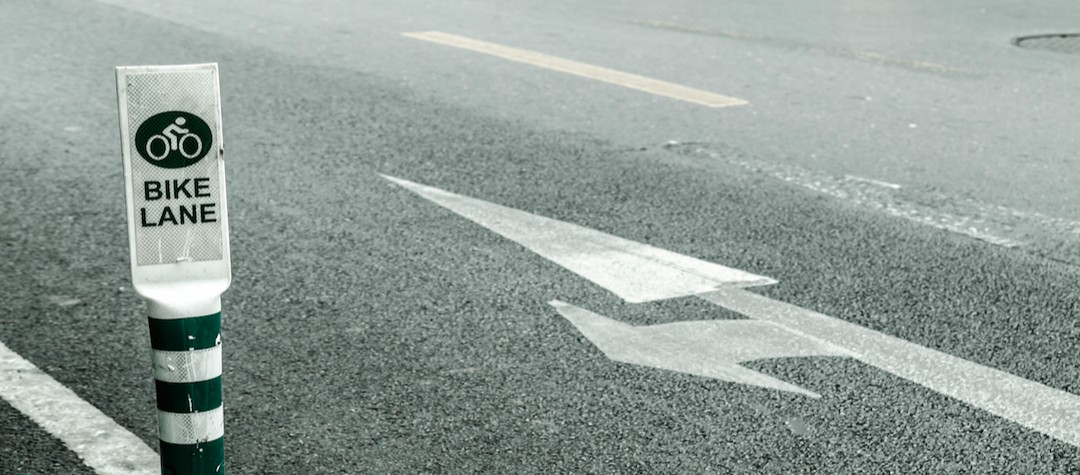Taking good care of your mountain bike is of paramount importance, not only to maintain your safety, but also to ensure you get many good years out of your bike.
By paying attention to your mountain bike, notably the wheels, tyres, cables, handlebars and chain, you will get the most out of your mountain biking.
1. Wheel and tyre tips
The wheels on any mountain bike take the most abuse of any part of a bike through their constant contact with the many types of uneven terrain that riders will encounter. Failure of one of your tyres could lead to a crash, resulting in damage to your bike or even personal injury, so it’s very important to regularly check and maintain your wheels.
- Inspect the tyres regularly by looking for any cuts, abrasions or protruding object, and pay particular attention to the sidewalls, as this is where damage and tire failure most often occurs.
- If you’re in any doubt about a tyre’s wear-and-tear, then always replace it, as this will be far cheaper and safer than riding on an unsafe tyre!
- Check the spokes to ensure none are loose or damaged. The spokes of the wheel impart a great deal of strength, which will be lost if they become damaged, and this can result in a buckled wheel.
- Inspect the wheel rim to ensure it is smooth and even, as this will give you smooth and even braking when you’re riding your bike.
- Look out for any hairline cracks in the wheel rim. Hairline cracks indicate metal fatigue caused by stress on the wheel. Replace any wheels with hairline cracks immediately!
2. Cables
- Regularly inspect the gear and brake cables and outer casings for signs of wear-and-tear or corrosion.
- Replace the cables immediately if they are damaged.
3. Handlebars
- Adjust and tighten any loose bar-ends.
- Loose handlebar grips must be glued back on or replaced.
- Check the handlebars for cracks. Cracks can be caused by the constant and extreme physical forces placed on the handle bars.
- Replace your handlebars immediately if you spot any cracks, as failure to do so could result in serious personal injury.
4. Bike chain
- If you regularly ride your bike, then the chain should be replaced every six months. However, you should replace it more frequently than this if you are racing or riding for sustained periods.
- If you don’t regularly replace the chain, it will become worn and will damage the gears and sprockets — which will cost you a lot more to replace than a chain!
5. Crank shaft
- When cleaning your bike, always inspect the crank shaft to ensure smooth rotation and that no lateral play occurs.
- Get the crank shaft unit replaced if it does not operate smoothly.
6. The bike frame
- When cleaning your bike, carefully inspect the frame for signs of rust, corrosion or cracking. Pay particular attention to all welded areas.
- The handlebar headset area undergoes a lot of stress and needs particular attention where the handlebar stem is clamped to the handlebar.
7. The headset bearings
- To check the headset bearings, first lock the front brakes. Then rock the bike backwards and forwards. As you do this, there should be no clicking noises or movement from the headset bearings. If you encounter any noise, replace the headset bearings.
- If your headset fails you will be unable to steer and will lose control of your bike!















